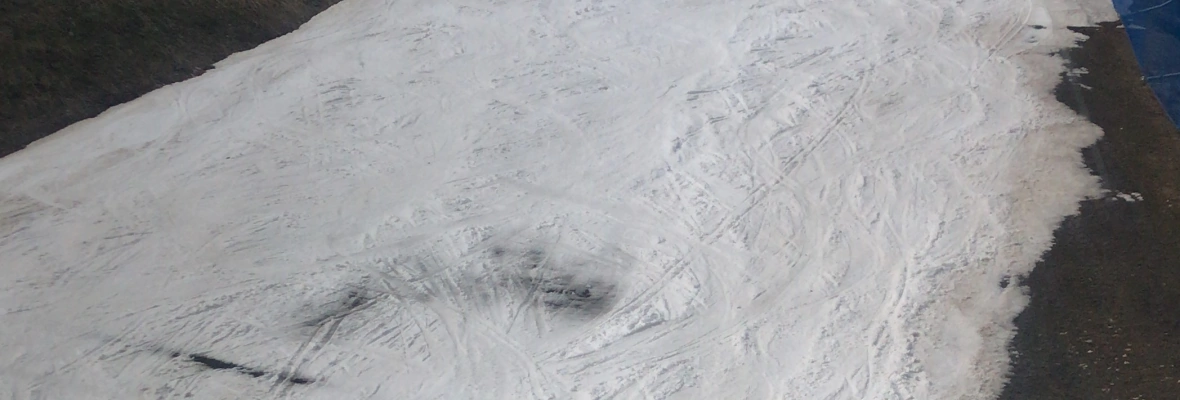Skiing is a risky sport. Those who take to the slopes accept basic risk and must assess their abilities in advance and prepare their equipment accordingly.
The same care must be taken when choosing the difficulty of the slope. Despite all these precautions, accidents can still happen. The multitude of accidents that occur every day on ski slopes in Italy can be divided into the following categories:
- Accidents caused by the skier’s own faults (e.g., overestimation of one’s abilities, inadequate equipment, influence of mind-altering substances, etc.;)
- Accidents caused by other skiers (e.g., due to a collision with another skier);
- Accidents due to the nature of the slope or lack of hazard signage (such as no sign of an artificial snow pile in the middle of the slope, failure to secure the edge of the slope, poor slope preparation, etc.).
After these three categories, liability rules can also be briefly highlighted.
- If the skier injures himself negligently, he obviously cannot hold anyone responsible. There are special cases if the skier has entrusted himself to a ski instructor and injured himself under his supervision. The ski instructor has a position of contractual guarantee towards his pupil, which obliges him to supervise and protect him. However, if the skier is injured, he can sue the ski instructor or the ski school under this contractual guaranteed position. However, the Supreme Court recently stated that damage and causation must be proven by the claimant skier (KGH 4009/2020). Such evidence can be provided by expert reports on injuries and the dynamics of the accident, as well as witness statements.
- Skiers must adhere to basic obligations of care and behave prudently. In particular, they must also abide by the 10 “FIS” rules on the slopes, which are used as a benchmark for negligent behavior on the slopes. In addition, lex specialis GvD 40/2021 provides a number of specific rules of behavior, such as that the skier arriving from above must always pay attention to the skier already further up the slope and that space and visibility must be properly assessed in overtaking maneuvers. In the case of a collision between two skiers, the rule mentioned above also provides that it is presumed, until proven otherwise, that both skiers are equally responsible for the injury. Otherwise, the rules of non-contractual liability apply, which means that damage, causal relationship, violation of rules of conduct and fault must be proven. (See sentence of the Court of Bolzano n. 181/2020).
- The manager of the ski slope is its guardian. There are clear legal requirements for safety signs and ski slope conditions, such as at least 20m width, etc. The situation and safety conditions must be monitored by the responsible slope director, who immediately reports any risks and can close the slopes. The slope operator is contractually obligated to the skier by the ski pass contract to provide safe and passable slopes or to accordingly report the existence of risks and to close the slopes in the event of absolute unsuitability. If damage occurs due to non-fulfillment of these obligations, the operator can be held contractually liable. The plaintiff must prove the damage and the causal link. The operator can at most evade liability if he can prove the coincidence or the situation that is completely outside his sphere of influence, the fault of the skier himself or a third person.
In order to deal at least partially with the inherent danger of skiing, the legislator introduced mandatory liability insurance for skiing in 2021. This can also be concluded together with the ski pass contract. Skiing without insurance will be penalized.

